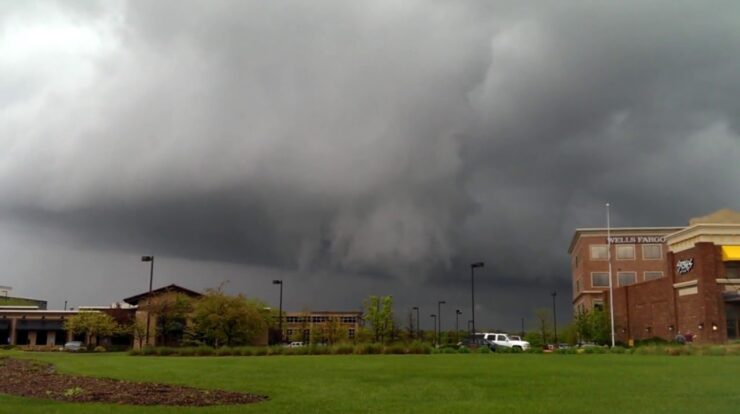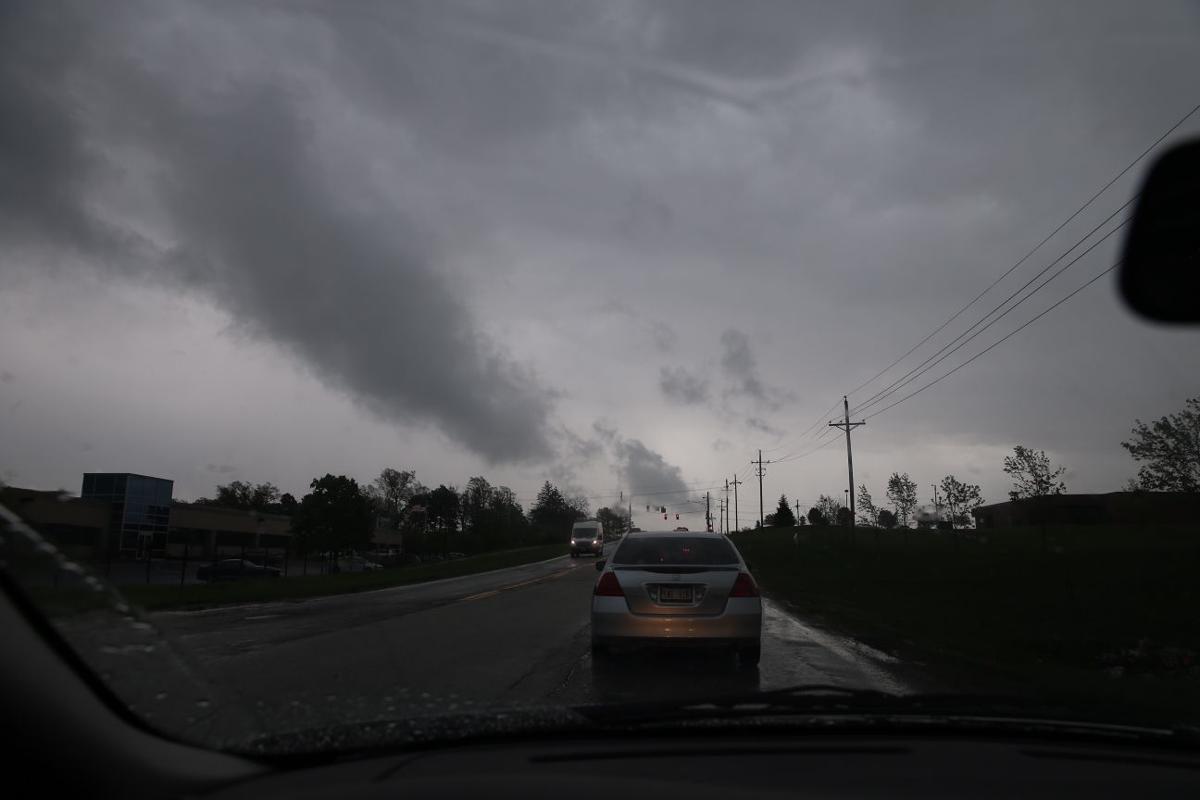
Tornado in omaha today – Tornadoes in Omaha: Preparedness, Forecasting, and Impact offers a comprehensive exploration of the historical occurrences, preparedness measures, climatological factors, forecasting methods, and potential impact of tornadoes in Omaha, Nebraska. This article aims to provide valuable insights and guidance to help residents stay informed and prepared for these powerful weather events.
Omaha has a history of experiencing tornadoes, with several significant events causing damage and disruption in the past. Understanding the frequency and severity of tornadoes in the area is crucial for developing effective preparedness strategies.
Tornado in Omaha Today
Tornadoes are a common occurrence in Omaha, Nebraska, with the city experiencing multiple tornado events throughout its history. These tornadoes have caused significant damage to property and infrastructure, as well as loss of life.
Historical Occurrences

Omaha has been struck by numerous tornadoes over the years, with some of the most notable events including:
- May 6, 1955:An F5 tornado struck Omaha, causing widespread damage and killing 15 people.
- June 3, 1975:An F4 tornado struck Omaha, causing significant damage to the city’s downtown area.
- May 5, 2003:An F2 tornado struck Omaha, causing damage to homes and businesses in the city’s northwest side.
- June 16, 2011:An F4 tornado struck Omaha, causing widespread damage and killing two people.
Tornado Preparedness
It is important for Omaha residents to be prepared for the possibility of a tornado. This includes developing a tornado safety plan, identifying evacuation routes and shelter locations, and staying informed about potential tornado threats.
The Omaha Fire Department recommends that residents develop a tornado safety plan that includes the following:
- Identifying a safe place to take shelter, such as a basement or interior room on the lowest floor of your home.
- Having a plan for how to evacuate your home quickly and safely.
- Knowing the location of your nearest tornado shelter.
- Having a battery-powered radio and flashlight on hand.
- Having a first-aid kit and other emergency supplies.
Tornado Climatology
Omaha is located in an area of the United States that is known for its high frequency of tornadoes. This is due to a number of factors, including the city’s location in the central United States, which is a region where warm, moist air from the Gulf of Mexico meets cold, dry air from the north.
The most common time for tornadoes to occur in Omaha is during the spring and summer months, when the atmosphere is most unstable. However, tornadoes can occur at any time of year.
Tornado Forecasting and Detection
The National Weather Service (NWS) is responsible for forecasting and detecting tornadoes. The NWS uses a variety of tools to forecast tornadoes, including weather radar, spotter networks, and computer models.
When the NWS issues a tornado warning, it means that a tornado has been spotted or is indicated by radar. Tornado warnings are issued for specific areas, and residents in those areas should take shelter immediately.
Tornado Impact and Recovery

Tornadoes can have a devastating impact on communities. They can cause widespread damage to property and infrastructure, and can also lead to loss of life.
After a tornado, it is important to take steps to recover and rebuild. This includes working with emergency response agencies, insurance companies, and community organizations to get the help you need.
Closing Summary

In conclusion, tornadoes pose a significant threat to Omaha, and it is essential for residents to be well-prepared. By understanding the climatological factors that contribute to tornado formation, staying informed about potential threats, and developing a comprehensive safety plan, individuals can increase their chances of staying safe during these hazardous weather events.
FAQ Explained
What are the most common types of tornadoes that occur in Omaha?
The most common types of tornadoes in Omaha are weak tornadoes (EF0-EF1), which typically cause minor damage. However, stronger tornadoes (EF2-EF5) have occurred in the past and can cause significant destruction.
What should I do if I am caught in a tornado?
If you are caught in a tornado, seek shelter immediately in a sturdy building or underground. Stay away from windows and exterior walls, and cover your head and neck with your arms or a blanket.





